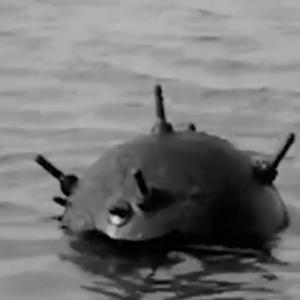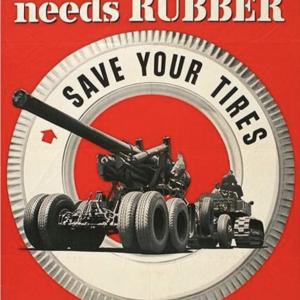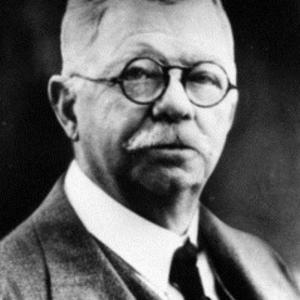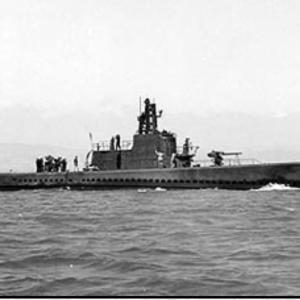
Jackal
The vehicle was built for missions where heavy armour would be too slow: long-range patrol, fast strike and high mobility across broken ground. It came from Supacat’s HMT family and was developed quickly to meet the demands of Afghanistan. Production was handled by Supacat with support from larger defence partners for volume assembly and later upgrades.
Early models used a 5.9-litre Cummins diesel and automatic gearbox; later versions moved to a stronger 6.7-litre engine to carry more protection and payload. Its signature feature is the height-adjustable, long-travel suspension — able to drop low for weapons stability or lift high for crossing rough terrain at speed.
Protection favours agility over heavy armour. The structure is shaped to deflect blasts, with energy-absorbing seating and optional bolt-on ballistic and mine kits. Survivability relies as much on speed, wide field of view and irregular movement as on steel.
Typical armament is a heavy .50-cal machine gun or automatic grenade launcher on the central ring mount, plus a 7.62 mm general-purpose machine gun for the commander or rear arc. The open layout allows rapid engagement and immediate withdrawal.
The platform carries three or four troops, radios, ECM, tools, spares, rations and a large ammunition load for extended patrols — often 600–800 km without resupply if configured for endurance. It can tow a light trailer but heavier loads are normally passed to the 6×6 “Coyote” support variant.
Hundreds have been built across successive orders as combat experience drove upgrades. First deployed in Helmand from 2008, it quickly proved its worth for wide-area patrol and hit-and-run missions. It has since remained core to Britain’s light cavalry concept and served on NATO and African deployments where reach, speed and firepower matter more than armour mass.










